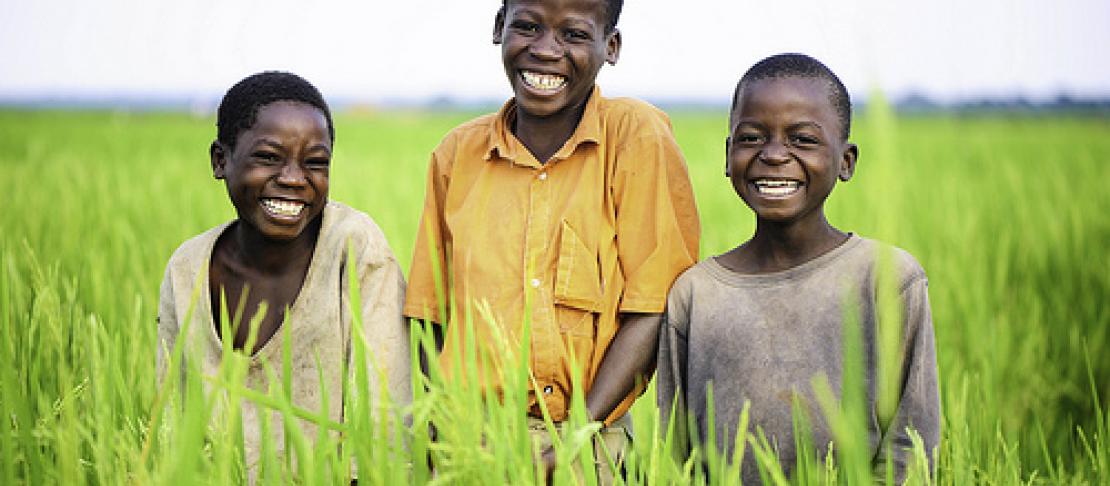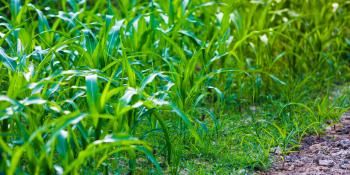Falling sick on an empty belly? Linking the future of food security and disease

How does malnutrition in children impact the danger they face from Malaria? How do people’s livelihoods in agriculture contribute to their likelihood to catch diseases like Schistosomiasis, a parasitic disease caused by trematode flatworms, from natural water bodies? How can efforts to increase food security be combined with attempts to reduce disease risks?
Problems around diseases and food insecurity for vulnerable rural communities in the developing world go hand in hand. So, too, do the impacts of government policies and strategies of non-state actors focusing on health care and food. Both issues face many similar future uncertainties – both of an economic and political nature including migration and funds for treatment as well as biophysical change such as climate change, ecosystem degradation, with different but related impacts.
The CGIAR Research Program on Climate Change, Agriculture and Food Security is working with the European Commission FP7 research project “Healthy Futures” and the CGIAR Research Program on Agriculture, Nutrition and Health. Together they explore plausible future conditions, or “scenarios”, generated by CCAFS and regional stakeholders, that might change the impacts of vector-borne diseases affecting vulnerable communities in East Africa.
In a meeting with regional experts on vector-borne diseases, the group explored what these scenarios could mean for the future of three diseases - Malaria, Rift Valley Fever and Schistosomiasis - and the capacity of the region to prevent and treat them.
The meeting developed an inventory of interventions to tackle these diseases – such as the analysis of rainfall information through mobile networks as an early warning system for Malaria, disease risks in livestock insurance programs, the introduction of non-susceptible animals and the pairing of water-related disease mitigation policies with irrigation schemes.
Then, the participants discussed key uncertainties for the diseases, many of which related to food insecurity, agricultural livelihoods and environmental change – linking them strongly to the CCAFS scenarios. Examples are the uncertain future of pastoralists and the double-edged link between poverty (fewer livestock but less capacity to cope) and Rift Valley Fever. Similarly, better regional integration in East Africa might improve food trade but also allow for more opportunities for disease transmission across borders.
Inputs generated by the experts in this meeting about how the CCAFS scenarios might affect the future of these diseases are feeding into modelling and analysis of the diseases and their links to food, environments and livelihoods by the Healthy Futures research project and its CGIAR partners. These results will be used to test the feasibility of interventions and provide estimations about future vulnerabilities.
This blog post was prepared by Joost Vervoort, Scenarios Officer, and Hannah Rowlands, CCAFS Scenarios Communications Officer.



